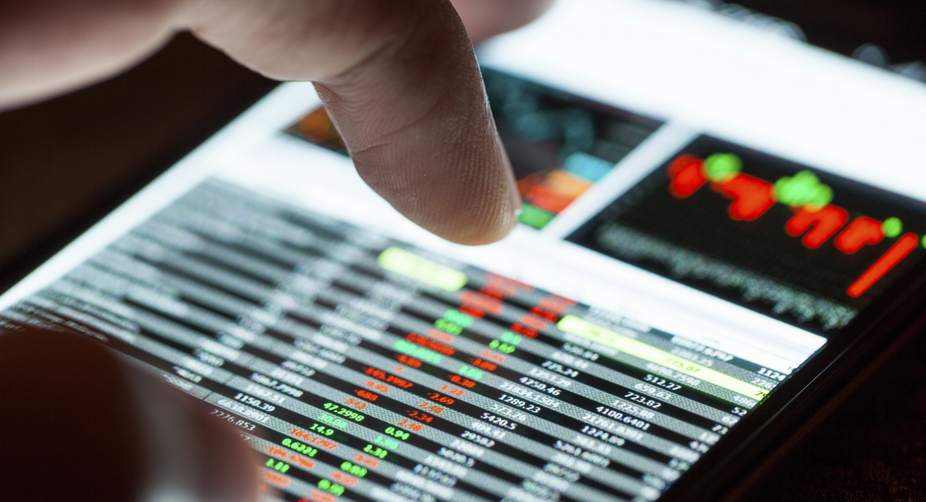Alibaba seeks dual-primary listing to attract diversified investors
The company said its board of directors had authorized management to apply for a primary listing on the main board of Hong Kong's stock exchange in addition to its New York listing.

(Photo: Getty Images)
The Dow Jones industrial average plunged 1,175 points in an exceptionally volatile day for financial markets around the world, stirring concerns about the durability of the long-running stock gains, media reports said.
On Monday, the Dow was off a heart-stopping 1,600 points during afternoon trading, the largest intra-day point decline in the blue-chip index’s history, reports The Washington Post.
The drop amounted to 4.6 per cent — the biggest decline since August 2011, during the European debt crisis.
Advertisement
The rout in US markets continued to ripple around the globe, reports CNN.
On Tuesday morning, Japan’s Nikkei index plunged 4 per cent while the S&P/ASX 200 in Australia dropped 3 per cent.
Stocks sank throughout Monday, then went off a cliff in the final hour of trading.
The Dow was down 800 points at 3 p.m. Within minutes, it was down 900, 1,000 — and then 1,500 points. At its low, the Dow was down 1,597 points, before buyers rushed in and limited the decline.
The Nasdaq slumped more than 2 per cent, quickly turned positive, then sank again. It finished down almost 4 per cent. The S&P 500, a broader gauge of the market than the Dow, declined more than 4 per cent.
The plunge pushed stocks closer to what’s called a correction, or a 10 per cent decline from their most recent high point. The S&P 500 is down almost 8 per cent from its all-time high, CNN reported.
Meanwhile, the White House said in a statement that President Donald Trump was focused on “our long-term economic fundamentals, which remain exceptionally strong”.
The statement cited strengthening economic growth, low unemployment and increasing wages for workers.
The trouble in the market began early last week, when investors focused on a number of lingering concerns.
“People are dealing with the shock of seeing real inflation for the first time in a while,” said Bruce McCain, chief investment strategist at Key Private Bank.
The sell-off wiped out the Dow and S&P 500 gains for the year, and left the Nasdaq barely in positive territory for 2018.
Advertisement